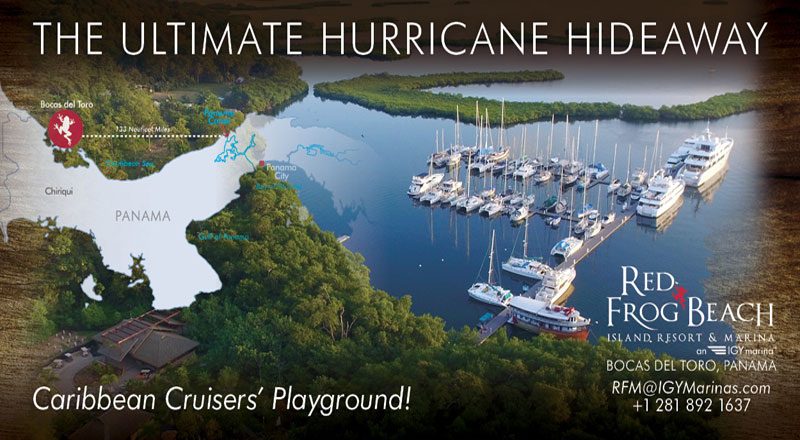
Fishing Nets from the Pacific Gyre
The North Pacific Subtropical Convergence Zone, often referred to as the Pacific Gyre, consists of a sea of floating plastic material — various bottles, plastic chairs, packaging straps, buckets, rope and fishing nets. Several efforts have been undertaken recently to try to rid the Pacific Ocean of this debris. Mary Crowley’s Ocean Voyages Institute (OVI), based in Sausalito, is fostering one such effort.
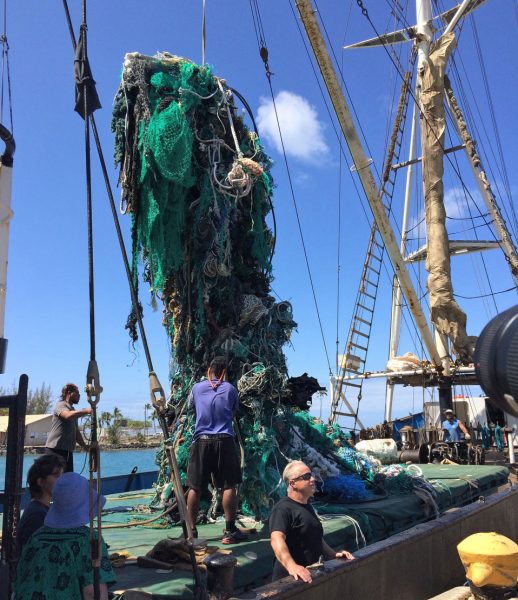
“A prime target for OVI’s 2019 voyage was the fishing gear called ‘ghost nets’,” says OVI. “Often weighing tons, these massive nets of nylon or polypropylene drift for decades, amassing plastic debris, ensnaring wildlife, and even entangling ships. An estimated 600,000 tons of this abandoned gear ends up in the oceans every year. According to the United Nations, some 380,000 marine mammals are killed every year by either ingesting or being caught in it.”
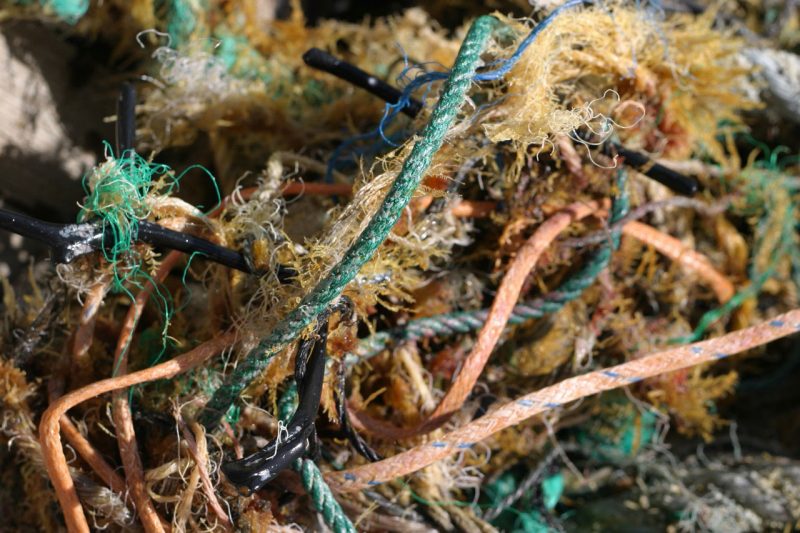
OVI recently finished a 25-day cleanup effort, amassing approximately 40 tons of fishing nets and consumer plastics from the Gyre. Unique in their efforts are the use of an environmentally friendly sailing cargo vessel, the S/V Kwai (crewed primarily by Polynesians) and bowling ball-sized GPS trackers. If funding objectives are met, OVI believes 400 to 500 tons can be collected given an extra 40 to 50 days in the Gyre.
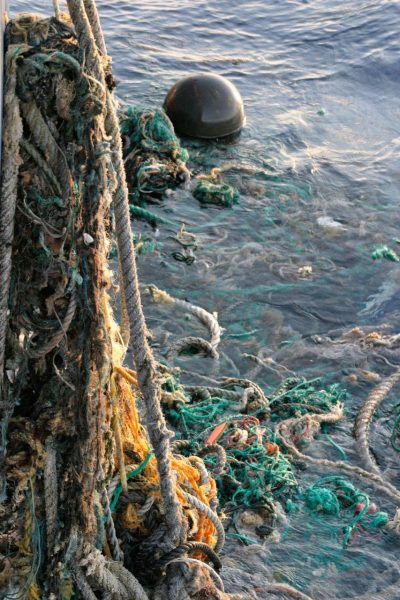
“The technologies do work, and now it’s just a matter of getting the funding in place. And this is something that can be replicated — worldwide. It’s only a matter of time before we see dramatic results,” says OVI’s director, Ryan Yerkey.
“It is very disturbing to be sailing through what was only decades ago a pristine ocean wilderness and find it filled with our all-too-familiar garbage,” says Crowley. “Urgent action is needed at all levels: curtailing the manufacture of throwaway plastics, preventing plastic trash from entering the oceans, and enlisting the public, corporations and the maritime industry in education, prevention, innovation and massive cleanup efforts. The question is, are we ready to make it a priority to protect 72 percent of the planet?”
July Issue Out Today
“A three-to-four-day forecast showed nothing exceptional beyond 20-knot southerlies,” writes Peter Bailey, the former master of Bertie in this month’s Letters. “All went well until we were almost to New Jersey, when, at the change of the evening watch as I got out of bed — and in moderate visibility with 15 knots of east wind — it suddenly went to west and increased greatly in seconds, pinning the main against the backstay. As I bolted from the cabin she was horizontal, then went inverted and stayed there. All this in less than 90 seconds.”
Bailey wrote a chilling account of the loss of Bertie, ending with this sage advice: “The basic rules of sailing are: 1. Don’t be stupid. 2. Shit happens.”
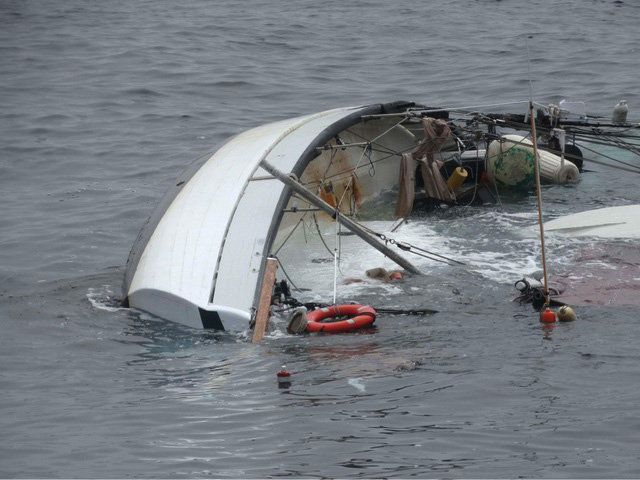
We say this every month — and we mean it every month, but the July issue is quite possibly our favorite Latitude 38 ever — especially Letters, which also has a sober discussion about readers’ run-ins with white squalls, a continuing debate about the Oakland Estuary, and lots of musings about people’s first boats, best boats, and last boats.
This month, we’ll also bring you part 2 of Webb Chiles’ life of circling the globe, as writer Lee Johnson picks up the story of Chiles’ sixth circumnavigation. Johnson was in San Diego back on April 29 when Webb closed the loop, and heard Chiles speak. Johnson overheard one observer remark, “It was like being in the presence of Amundsen or Drake.”
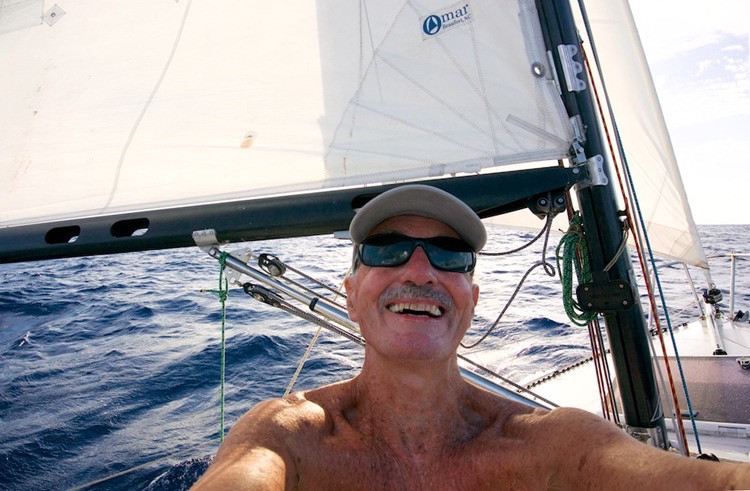
This month, we’ll also have a roundup of the Master Mariners regatta from writer Martha Blanchfield, the story of race that goes around Alameda “Chichester style” from freelancer Elisa Williams, a preview of the upcoming 50th anniversary Transpac from the one and only Ronnie Simpson, and a feature on The Sinking and Saving of Elbe No. 5, or Wander Bird, featuring an interview with the esteemed Commodore Tompkins.
In this month’s Changes, we take a look at Marvin and Ruth Stark’s transit through the Panama Canal in their Nautitech 44 cat Microbe, hear part 2 of Bow Tied’s passage(s) to Florida, and check in with the Ventura-based Passport 43 Joy down in Puerto Vallarta, among the many July Cruise Notes.
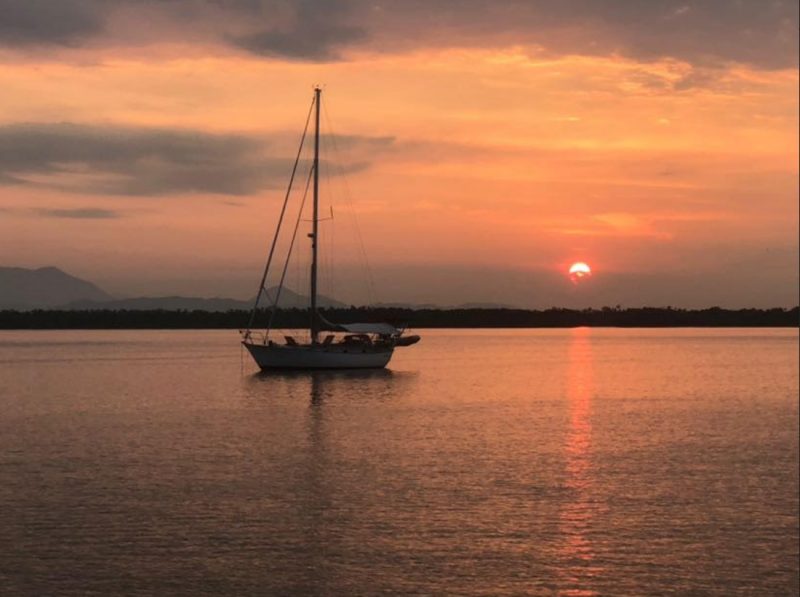
In this month’s Sightings, we check in with Randall Reeves on his first stop on the Figure 8 Voyage in Halifax, Nova Scotia. Our story includes excerpts of a conversation with the Out The Gate Sailing podcast. Reeves talked about the mental and physical challenges of the voyage thus far, which included nearly eight months alone at sea. “One of the stories that for me as a sailor was so informative was that 1968 Golden Globe Race — with Motessier and Knox-Johnston and Crowhurst — and how did those guys handle the mental and physical challenges,” Reeves told OTG host Ben Shaw. “And I always come back to Crowhurst, who kind of was in over his head. And I don’t experience the sea in that way — usually. But I must admit, eight months was a long time.”
We’ll also bring you part 2 of the The Gidleys of Sausalito, check in with 5O5 star Mike Martin, and discuss the hard work that’s gone into building up West Coast offshore racing.
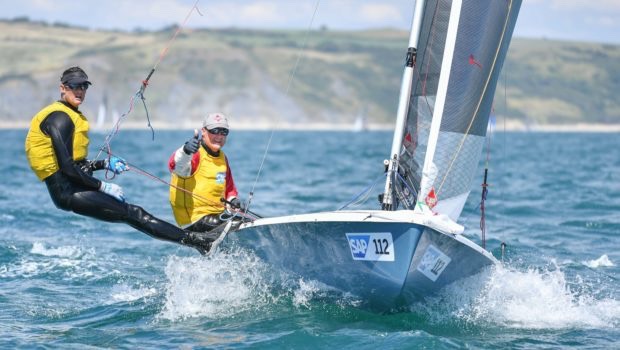
July’s Max Ebb channels a classic scene in Dead Poets Society, while Racing Sheet takes a look at a divine Delta Ditch run. And don’t forget about the Classy Classifieds, where your dream boat may well be waiting for you.
Happy summer, Latitude Nation. While we’re a magazine for all seasons and occasions, we feel like summer is our prime season. We hope that you pick up a copy of the new Latitude and curl up on your bunk, in your hammock, or, ahem, on the toilet.
Oh yeah, and don’t forget that we stuff a few Golden Tickets into each month’s Latitude. Could you be the lucky winner?
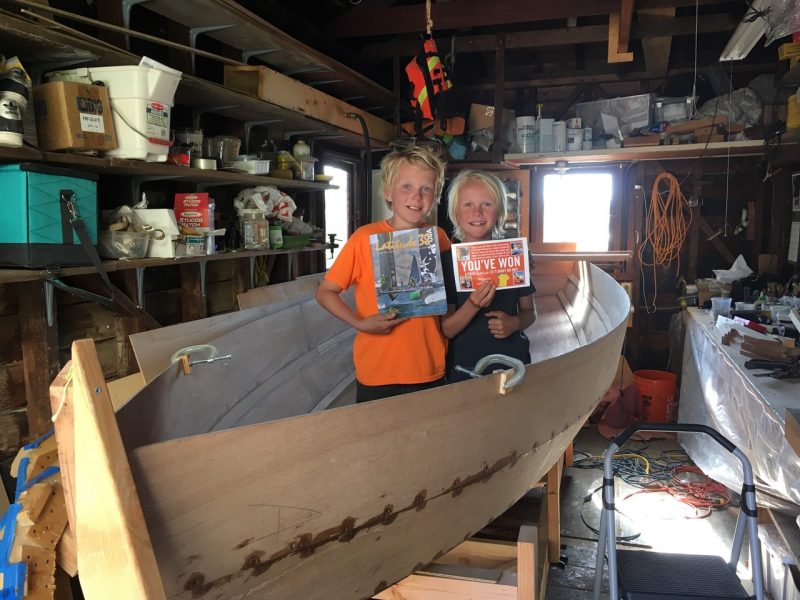
Red Frog Beach Island Resort & Marina
Tickets for the 2020 Olympics
With just over a year left until the Opening Ceremony in Tokyo, tickets will go on sale July 9 for the 2020 Olympics.
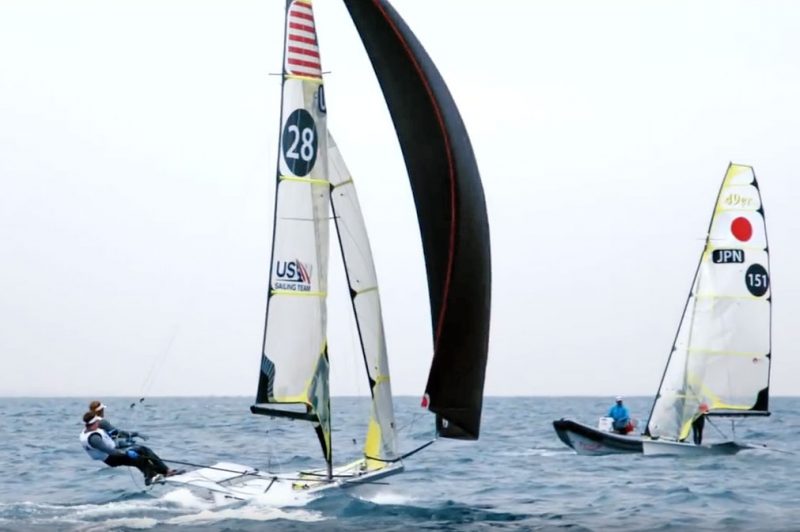
Tickets must be purchased through CoSport. CoSport is the only authorized Games ticket retailer in the United States. Tickets purchased through other avenues cannot be guaranteed.
As of Friday, live ticket sales had been scheduled to open tomorrow, on Tuesday, July 2. However, CoSport has delayed sale dates due to processing issues amid record-high demand. According the website, live sales are now scheduled to begin July 9 in the US and Europe and July 10 in Australia.
Once sales start on July 9, you will be able to find tickets on the site and purchase them immediately. CoSport only accepts Visa cards, as Visa is the only card accepted at the Olympic Games. Inventory will be sold in real time and can change at any time, so check available inventory posted online frequently. The site’s FAQ section contains helpful info.
The Tokyo 2020 Games will take place July 24-August 9; the Paralympic Games August 24-September, 6. Although rowing and canoeing are in for the 2020 Paralympics, sailing is out. Olympic sailing will be held in Enoshima Yacht Harbour. The big marina with views of Mount Fuji is 40 miles south of Tokyo’s Olympic stadium on Sagami Bay.
When West Meets East, Part 3
For my entire two weeks on the East Coast in early June, the wind was warm and perfect; in Maine, in New Hampshire, and even off the rivers in Manhattan — a week before SailGP raced, there was a constant and perfect summer breeze. And as I was driving toward Newport, Rhode Island, with some friends, the Atlantic was studded with white caps.
Approaching the Claiborne Pell Newport Bridge in Rhode Island, I told a group of friends, none of whom were sailors, that Newport was considered the sailing capital of the country. “Why?” my friends asked. I, who had never actually been to Newport before, struggled to answer, and was fumbling with something about tradition and heritage when we reached the peak of the bridge, and caught our first glimpse of the water.
It was thick with sailboats. A fleet of big race boats with black carbon sails was rounding a mark; a fleet of small skiffs (29ers, I think) was racing not far away; a fleet of 420s or FJs was circling around a starting line; a gaggle of Optis was near shore; and every other square inch of water was dotted with sailboats, sailboats . . . sailboats.
Thank you, Newport, for answering “why” for me.
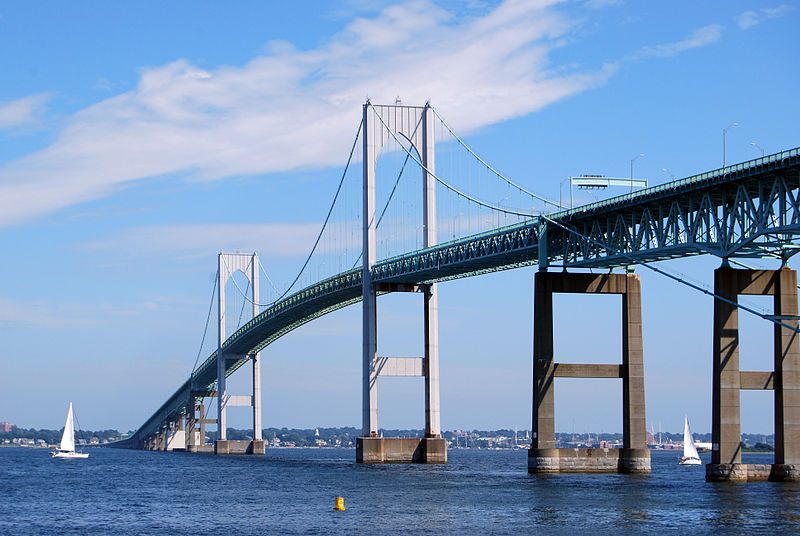
That the sport and lifestyle of sailing might have an epicenter or a capital culminates our ongoing discussion about what makes the East Coast appear to be so “boaty.” Is it an inflated perception? Is it the East’s compact summer season? Is it some kind of tourist gimmick? Or is it all in our heads?
Newport itself was so absurdly charming that I felt like I’d stumbled into Disneyland’s New England Land. But the charm felt a bit manicured and manufactured. “Sailing” was represented, but only in retail form. There was a Helly Hansen and North Sails shop, but they weren’t selling foulies or jibs; it was strictly trendy, expensive clothes. It was like a representation of sailing — a commercial for sailing and the commodification of the lifestyle — but not actually sailing itself.
With that said, it was still pretty cool to see bars sporting posters of big regattas, like the Volvo Ocean Race, which stopped in Newport in May 2018. (It reminded me of Shelter Island in San Diego, where I’m from).
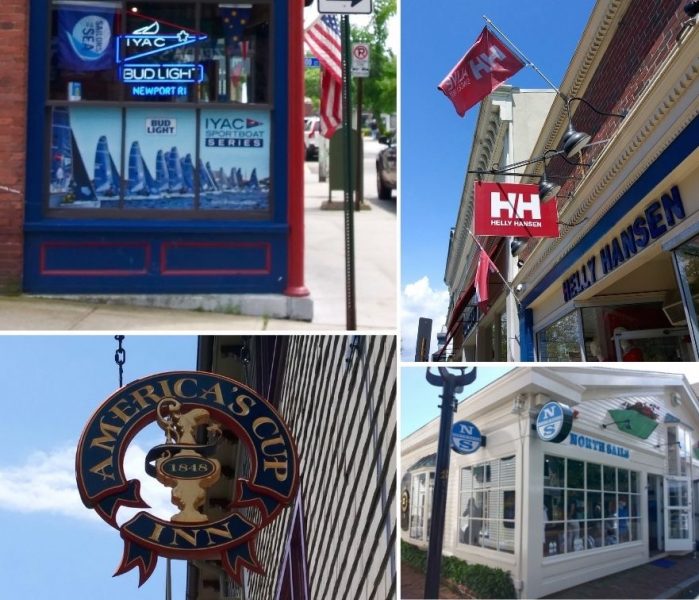
On his podcast Single-handed Sailing, circumnavigating legend Matt Rutherford mused on his own first visit to Newport. “Maybe it’s just an impression. Maybe it’s just the downtown part of Newport, or the harbor [said with an absurdly exaggerated Boston accent], but Jesus Christ is this place pretentious. I mean it’s so pretentious.” Rutherford reiterated that maybe these were just his first impressions of Newport. I would similarly qualify my initial reactions.
“For a long time, there’s sort of been this back and forth about who is the sailing capital of the United States of America. And, I don’t know, man, Newport might have us beat. [Rutherford is from Annapolis.] I mean they definitely have bigger boats than we do. They have the Newport Shipyard, which has actually branded itself, which is fu@king hilarious. Like people are walking around with fleeces on with the shipyard logo. Everything up here just seems trendy.”
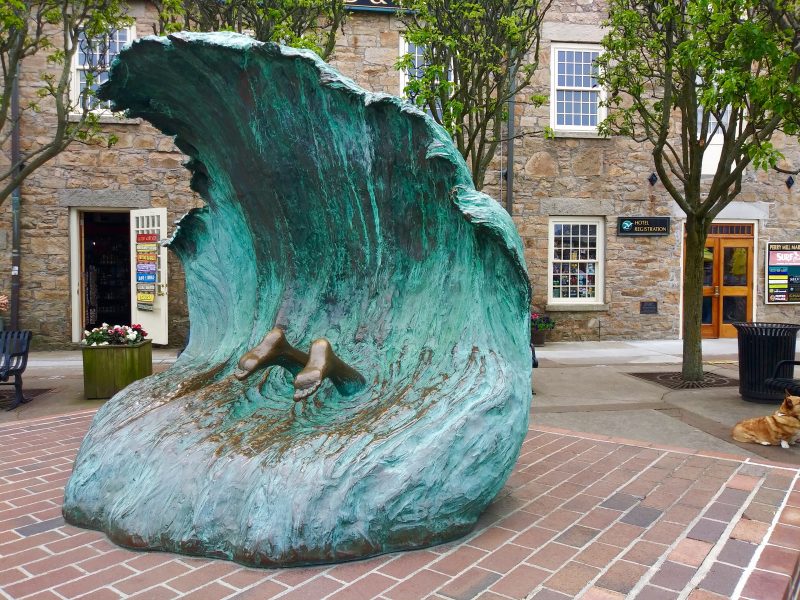
Taking an Uber from Newport to Bristol, our driver — who was born and raised in Newport — told a familiar story. Wealthy people hailing from other parts of the coast were buying up homes and turning them into summer vacation spots. Everything was becoming more expensive. “There used to be a few core families in Newport,” our driver said. “Most of them are gone.”
But Bristol, about half an hour away from, immediately felt different and dare I say more authentic. The town was more spread out, and didn’t seem to have the same aggressive sailing retailing. (Or maybe I missed it.) A group of friends and I ended up on a bar’s deck on the water. The breeze was solidly in the 20-plus range, enveloping Bristol and taking the edge off New England’s summer sun. It was, in other words, perfect, near awe-inspiring weather. A few kiters and windsurfers reached back and forth just upwind of a packed mooring field. The water was blue and not brown, but still freezing-cold, just like the Bay Area.
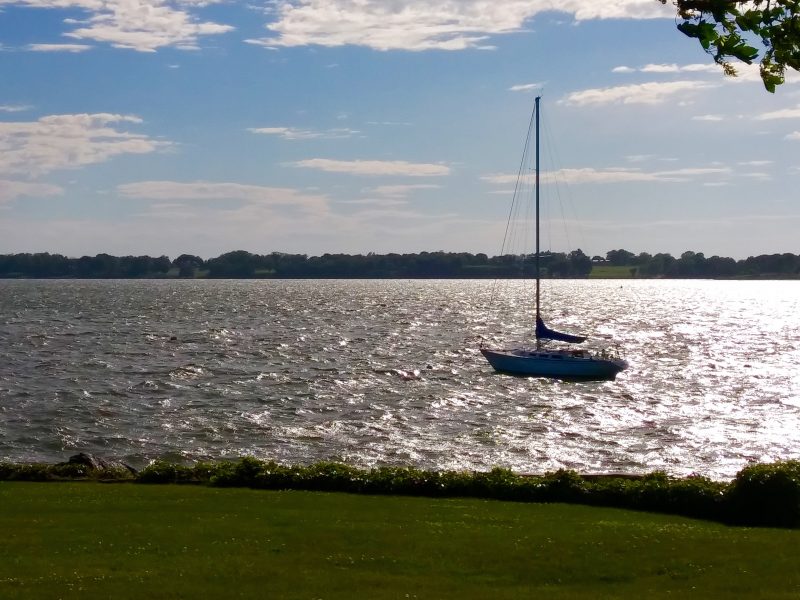
I chatted with a couple who moved to Bristol from Virginia a few years ago. They loved Rhode Island, they said. Yes, the winters could be tough, but this, this kind of summer day was the payoff. The couple said that Bristol was full of fishermen, contractors and other working-class people. They said that all of their friends and acquaintances sailed in some way.
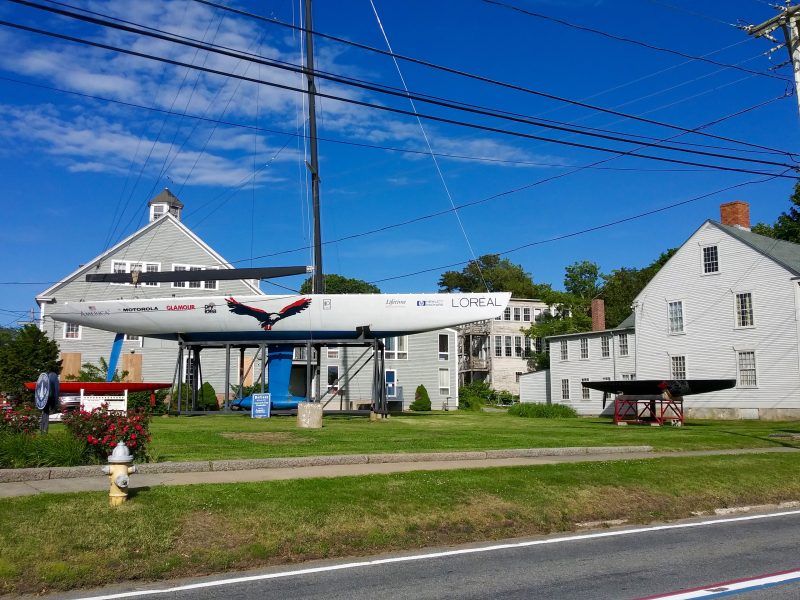
So what is it about the East Coast? Does it have any special claim to the lifestyle and sport of sailing? The appeal, or even frenzy, of a short season is undeniable. Coming over the Newport Bridge, it was obvious, even dramatic the way sailors were getting it while the getting was good.
“The Maine boating season is Memorial Day through Labor Day,” wrote reader Michael Rosauer in response to part 1 of this series (we’ll publish a number of letters we’ve received in the August issue). “This results in generally greater intensity during the short, but warm, summer boating season in New England.” There is no denying the East’s weather and splendid geography. It’s only obvious that a boaty culture would naturally grow around such inherent characteristics.
But, in the end, none of that really matters. Reader Paolo Sheaffer said it best. “Growing up in Carpinteria, most of my early sailing was in Santa Barbara. I would say Santa Barbara is rather boaty. Tiburon is boaty. Texas is boaty, but on a less traditional level, save for small pockets with strong New England influences. To sum up, respect for tradition is stronger in some areas, but enthusiasm is universal.
“Do we invent our own boaty culture, or import from afar?”
If home is where the heart is, then so-called sailing capitals can be whereever the sailors are. To us, the lifestyle is about the moments between sailors, boats and water. That’s not to say that places like Newport, San Diego, Annapolis, Port Townsend, and even pockets of San Francisco don’t have rich sailing cultures, or that they’re not worthy of a visit. We look forward to sailing to all of them.
But we most look forward to sailing away.
Any final thoughts? Please comment below, or email us here.

